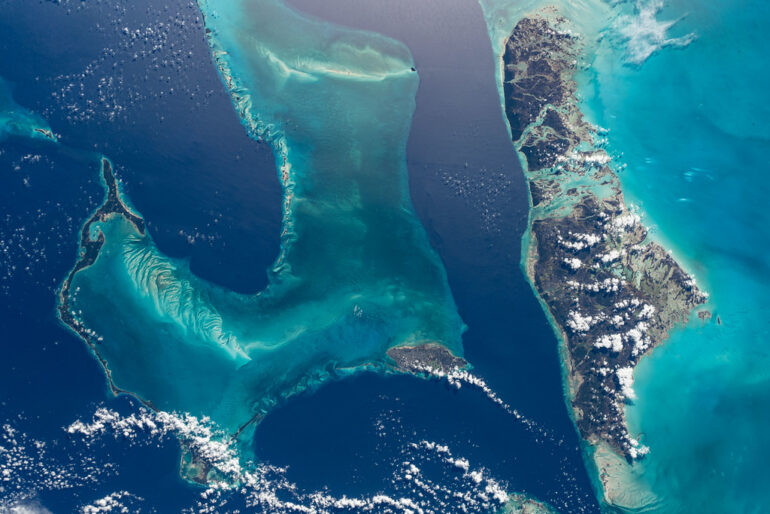The striking blue water in the Bahamas makes it one of the most enticing traveling destinations in the world. But have you ever wondered why is the water so blue in the Bahamas?
The simplest answer would be the shallow waters in the Bahamas absorbing the red and green color wavelength of the sun rays creating shades of blue reflections that give the ocean its exceptional color.
But the sunlight is not the only reason why the water is so blue in the Bahamas. A lot of factors play in making the water sparkly blue. Here are some of the major factors that are responsible for making the water in the Bahamas so exceptionally breathtaking.
The Sun and The Light Wavelengths
The sunlight is one of the significant reasons why ocean water appears blue. The sun appears to look pure white in human eyes. That’s because the sun illuminates all electromagnetic wavelengths of light and the combination of all the wavelengths of light makes it appear white.
The best way to see all the colors of the sun is through a prism. A glass prism can split all the sun’s colors and show its full wavelength spectrum, a rainbow of colors.
However, every object around us absorbs some wavelengths while reflecting some other wavelengths. That’s how everything gets its specific color.
For example, if an object appears green, it means that the object absorbed all the different color wavelengths and reflected the green color. Depending on how intense the light source is, the color can get darker or lighter.
And when sun rays come in contact with the ocean water, the water acts as a prism. And can absorb most of the colors of the spectrum, except for blue and green. Water reflects these two wavelengths which make the ocean water appear blue or green or sometimes turquoise.
The Water Depth Of The Bahamas
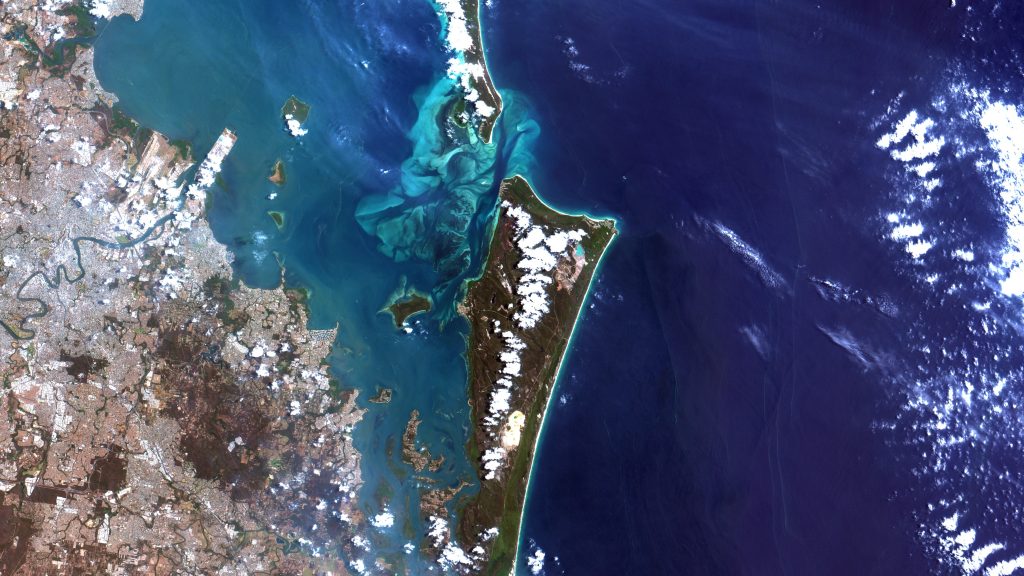
The Bahamas got its name from the Spanish phrase “Baja Mar” which basically means shallow ocean.
One very important reason for the water being a spectrum of blue color is that the ocean in the Bahamas is relatively shallow.
On this shallow water, the sunlight gets reflected from the ocean floor and makes a lighter color. In the same way in deep water, the color is deeper due to the absence of light reflection from the ocean floor.
The depth of the water in the Bahamas and light-colored sand tend to scatter the sunlight and create all imaginable shades of blue ranging from sparkling turquoise to ultramarine, azure, cerulean, royal blue, and sea green.
Also Read: How Far is Fiji from Hawaii?
Upwelling
Upwelling is a phenomenon that happens when the earth’s rotation causes the ocean water to move in the eastern direction.
Upwelling means when the deeper and colder water replaces the warmer water of the ocean. The colder water contains a lot more sediments in it which makes the water murky.
This phenomenon is very common in many oceans, making the water on those beaches brown or gray. However, this doesn’t happen to the water of the Bahamas.
The coral reefs, the thick seagrass, and the rocks block the deeper water from moving into the ocean and the water becomes gentle as it reaches the coast and prevents upwelling from ever happening.
No upwelling means no water sedimentation reaching the coast and thus keeping the water crystal clear.
Plankton
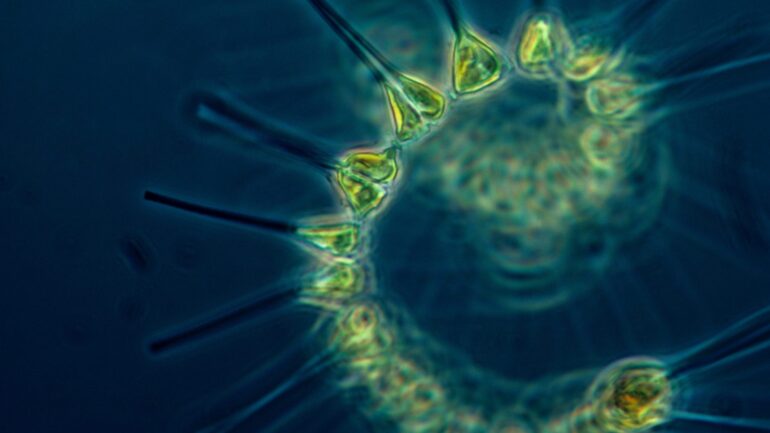
Phytoplankton is a microscopic plant-like organism living at the bottom of the ocean. It is also commonly known as algae.
Phytoplankton has high levels of chlorophyll. The sun acts as an energy source for the phytoplankton, which uses the sunlight to make food through photosynthesis and grow in number.
A high level of phytoplankton upon contact with sunlight reflects green wavelength and thus gives the water a greenish hue.
Zooplankton is marine animals that feed on mostly phytoplankton and other animals.
That’s why the water in the Bahamas appears clear blue because there’s a very low level of plankton living at the bottom of the ocean.
Nutrients
In addition to the phytoplankton and the zooplankton, the silt and sediment levels are very important in maintaining the clarity of the ocean.
The murkiness of the ocean depends on the level of sediments. The higher the level of silt and sediments, the murkier the water will get.
The sediment particles in the Bahamas are larger compared to the other beaches which cause them to quickly settle to the bottom of the ocean instead of staying afloat on the surface and making the water brownish.
This is another reason why the water on these beaches is clean and sparkly in comparison.
These are all the main reasons why the beautiful islands of the Bahamas have sparkly blue water.
Also Read: What Currency Is Used In The Bahamas?
Best Beaches in The Bahamas
The Bahamas consists of about 700 islands. And with so many beautiful islands, it seems almost impossible to narrow down which are the best islands to pick for your vacation. But not to worry, here are some of the most sought-after Bahamas beaches.
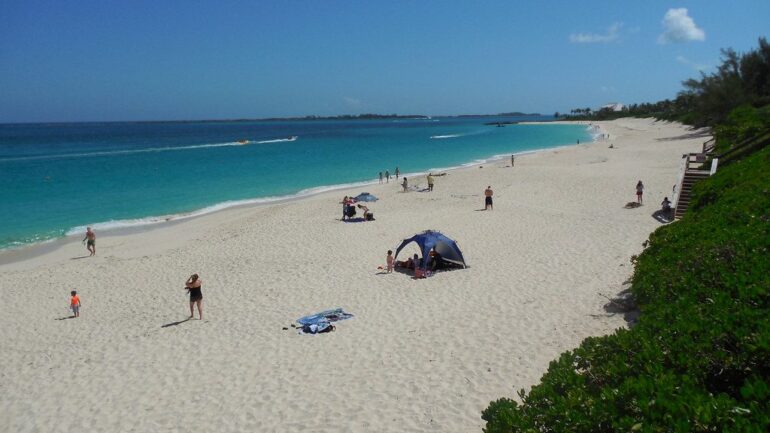
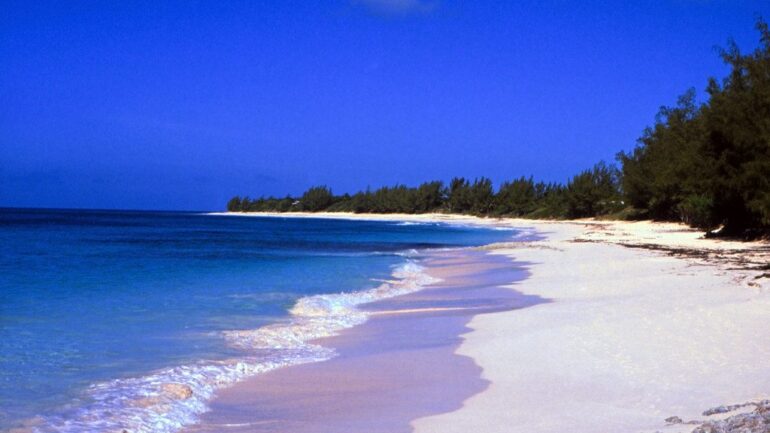
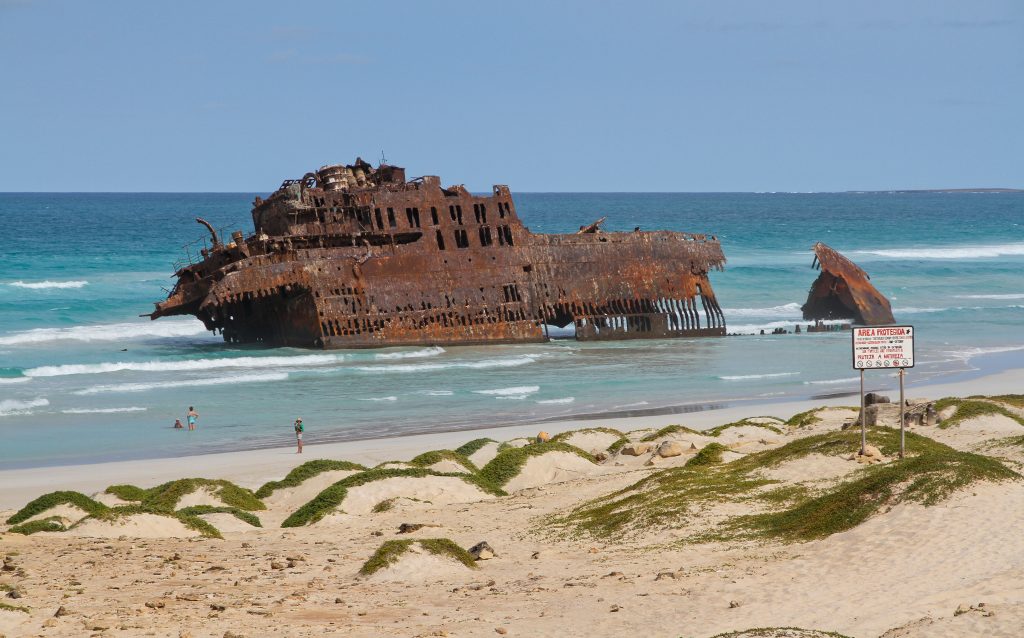
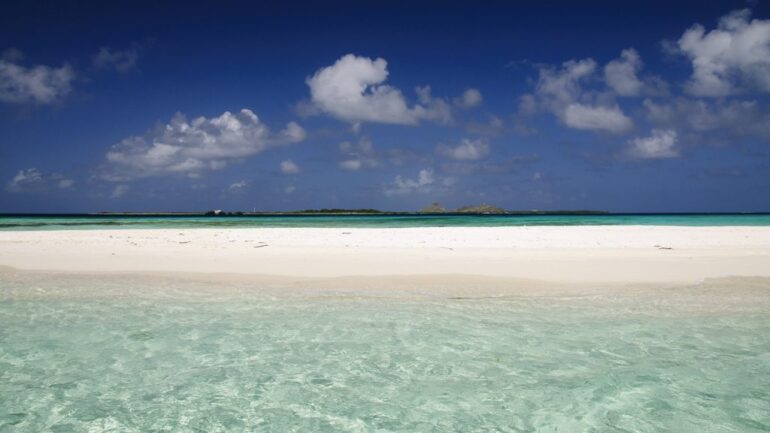

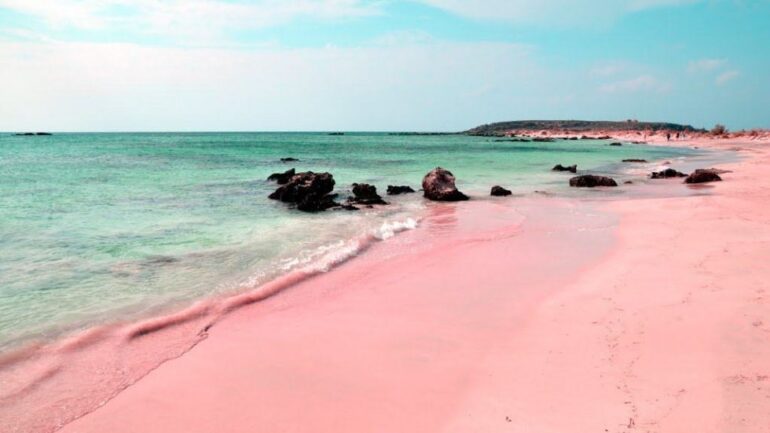
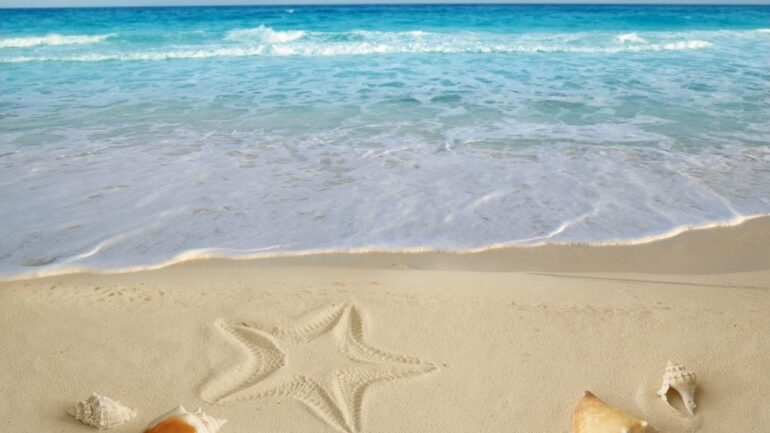
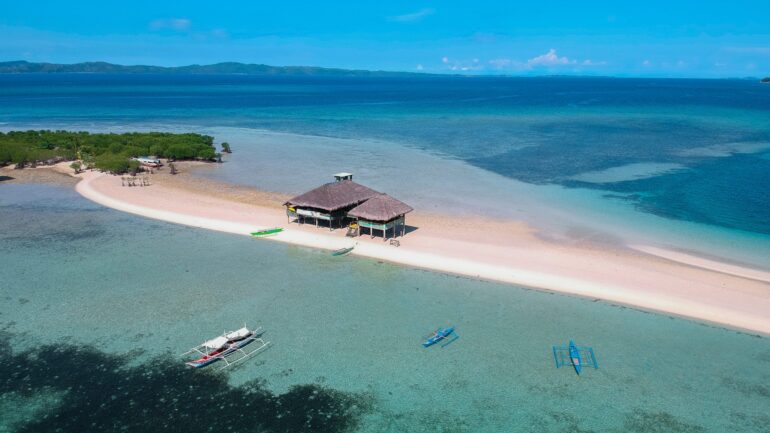
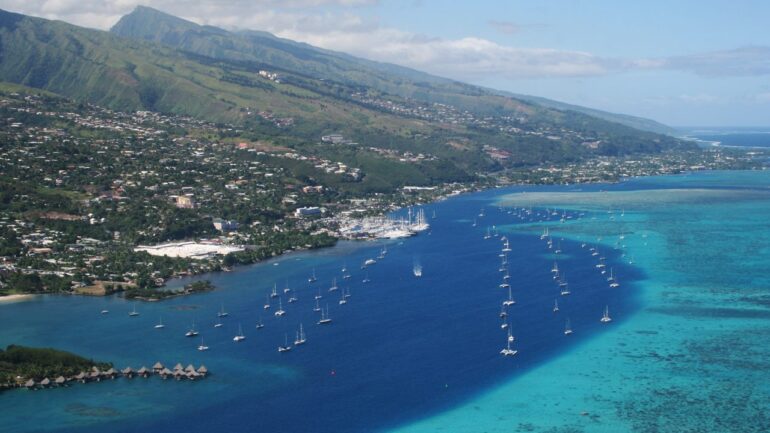

Other Places With Crystal Blue Water
Here are some of the other beautiful locations where you can find gorgeous blue water.
- The Maldives.
- Palawan, Philippines.
- Ambergris Caye, Belize.
- Crater Lake, Oregon.
- Hanauma Bay, Oahu, Hawaii.
- Plitvice Lakes National Park, Croatia.
- Navagio Beach, Zakynthos, Greece
- Aitutaki, Cook Islands
- Five Flower Lake, Jiuzhaigou National Park, China
Frequently Asked Questions (FAQs)
Q: What is the water around the Bahamas called?
The Caribbean Sea
Q: How deep is the water in the Bahamas?
Over the banks, the water depth is often less than 10 meters (33 feet), but the surrounding basin plunges to depths as low as 4,000 meters(13,100 feet)
Q: What part of the Bahamas has the bluest water?
Exuma, Bahamas. Exuma is an archipelago of 365 islands surrounded by sapphire blue water.
With so many varieties of options from the hundreds of islands of the Bahamas like the famous Nassau or the quiet Exuma chain, whether you are looking for a relaxing or adventurous gateway, the Bahamas can be a great option.
